September 22, 2015
John Fogarty reflects on a career in office furniture spanning five decades 0
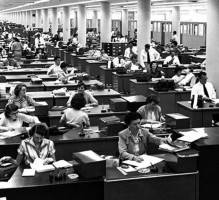 I was lucky to enter the office furniture industry in 1971, at the beginning of a decade shaped by the explosive advent of new office technology. What had gone before would not have looked that different to anyone who’d worked a corporate office in the 1890s: serried ranks of desks occupied by clerical staff bashing away on manual typewriters and comptometers (calculating machines). Although electric typewriters had been around for most of the century, decades of global conflict had constrained their development. The first major advance came with the launch of the IBM Selectric golf-ball in 1961. Although a beautiful object – I recall this being the first item associated in my mind with the term ‘product design’ by a named designer (Eliot Noyes) – it remained expensive and rare until the price reductions driven by the multi-licensing in 1972 of the Diablo daisy-wheel print head.
I was lucky to enter the office furniture industry in 1971, at the beginning of a decade shaped by the explosive advent of new office technology. What had gone before would not have looked that different to anyone who’d worked a corporate office in the 1890s: serried ranks of desks occupied by clerical staff bashing away on manual typewriters and comptometers (calculating machines). Although electric typewriters had been around for most of the century, decades of global conflict had constrained their development. The first major advance came with the launch of the IBM Selectric golf-ball in 1961. Although a beautiful object – I recall this being the first item associated in my mind with the term ‘product design’ by a named designer (Eliot Noyes) – it remained expensive and rare until the price reductions driven by the multi-licensing in 1972 of the Diablo daisy-wheel print head.





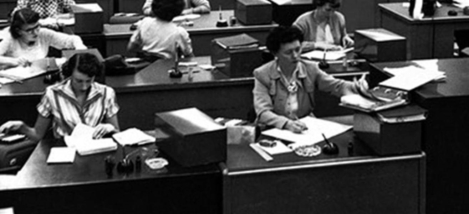





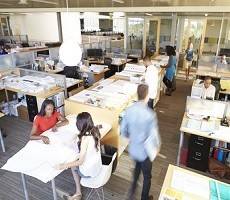
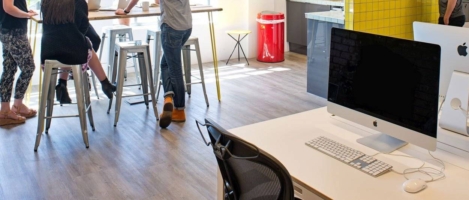
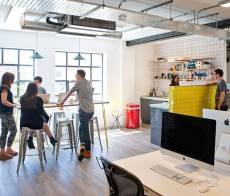
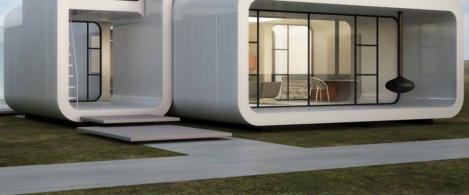

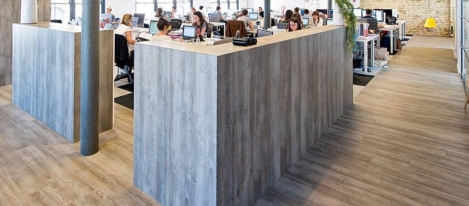
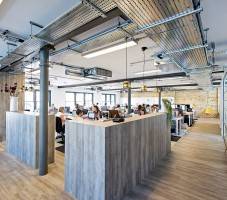


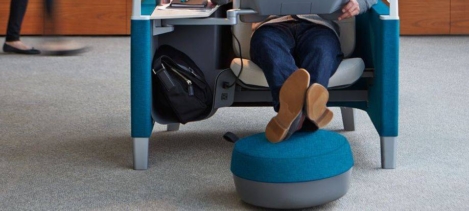

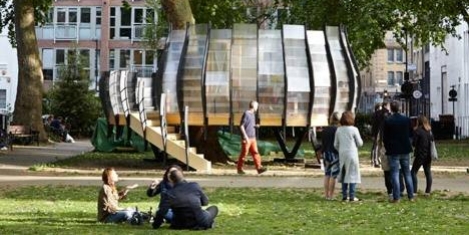
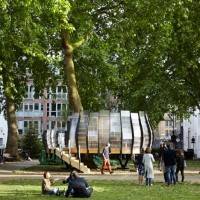









October 2, 2015
For once and for all, please stop with this ‘death of the office’ stuff 0
by Mark Eltringham • Comment, Furniture, Property, Technology, Workplace design
(more…)